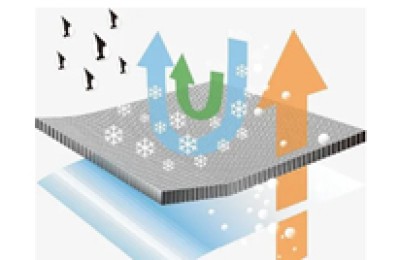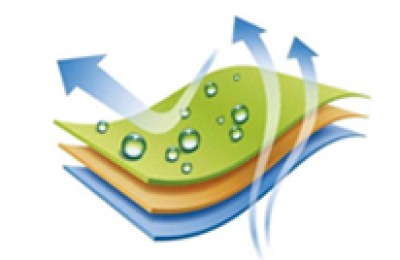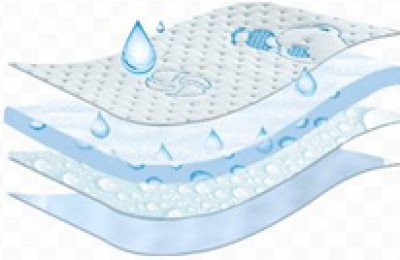32. Why do we need to add catalysts in resin finishing? What are the effects of various catalysts?
Answer During the resin post-finishing of fabrics, in addition to the reasonable selection of resin primary shrinkage according to the quality and requirements of the fabric, a catalyst that promotes the chemical reaction between the resin and the fiber must be added to accelerate the cross-linking reaction at an appropriate temperature.
Any chemical agent that can accelerate the cross-linking reaction between resin or cross-linking agent and fiber, and can lower the reaction temperature and shorten the reaction time, is generally called a resin finishing catalyst. The requirements for the catalyst are as follows.
① It has high stability in the working fluid. For example, polymer hydrolysis will not occur prematurely after adding the catalyst; the compatibility with various additives in the working fluid should be good; and the mixture of resin and catalyst will not undergo chemical changes within at least 8 hours.
② It has excellent baking and solidification effect. Baking at a certain temperature can release H+, which can cause the resin to complete cross-linking or polycondensation reaction in the fiber within a certain period of time; it does not produce catalytic effect at room temperature, and only shows catalytic effect at high temperatures; it affects the color and luster of the fabric. Whiteness and color fastness are basically not affected; no odor or colored substances are produced during baking.
Therefore, the commonly used catalyst is a latent acid compound, and its main varieties and application effects are described below.
①Inorganic metal salts. Zinc salts (zinc nitrate, zinc chloride) and magnesium salts (magnesium chloride). Zinc nitrate can generally act as a catalyst at 140°C, which will affect the whiteness of bleached fabrics. Zinc chloride and magnesium chloride only release acid when baked at high temperatures above 160°C. Magnesium chloride is suitable for bleaching fabrics and can be used in the same bath as whitening agents.
②Ammonium salts. Such as ammonium chloride, ammonium sulfate, ammonium nitrate, ammonium dihydrogen phosphate, diammonium hydrogen phosphate, etc. This type of catalyst generally requires a higher temperature to release acid and ammonia. Ammonia can also react with free formaldehyde in the resin to generate cyclohexamethylenetetramine and H+. Therefore, the release of free formaldehyde can be reduced. However, the chlorine loss of fabrics using ammonium salts as catalysts is greater. When used for post-finishing of urea-formaldehyde resin and cyanide-formaldehyde resin, the pH value of the working fluid drops greatly, which can easily cause the initial shrinkage of the resin to be unstable. When ammonium chloride and ammonium sulfate are used for finishing of urea-formaldehyde resin, the reaction temperature should not be too high and the time should not be too long, otherwise trimethylamine [(CH8)8N] will easily be produced and the fabric will have a fishy smell.
③ Synergetic catalyst. A mixture of two or more catalysts. The mixture is more catalytic than any of its individual components. For example, synergistic catalysts containing basic aluminum chloride include aluminum chloride + oxalic acid + tartaric acid, aluminum chloride + ammonium chloride + acetic acid. The baking temperature of this type of synergistic catalyst can be lowered to 110-120°C, and the cross-linking effect is good, which can reduce fabric yellowing and improve wash resistance and elasticity. Synergistic catalysts containing magnesium chloride and other components include magnesium chloride + sodium fluoroborate + triammonium citrate, magnesium chloride + aluminum nitrate, etc. The baking temperature of this type of synergistic catalyst can be lowered to 140°C, the action time is short, the elasticity of the fabric is better than that of using one catalyst alone, and the strength of the fabric is less reduced.
AAA57865ERT34GSD
Disclaimer:
Disclaimer: Some of the texts, pictures, audios, and videos of some articles published on this site are from the Internet and do not represent the views of this site. The copyrights belong to the original authors. If you find that the information reproduced on this website infringes upon your rights, please contact us and we will change or delete it as soon as possible.
AA








